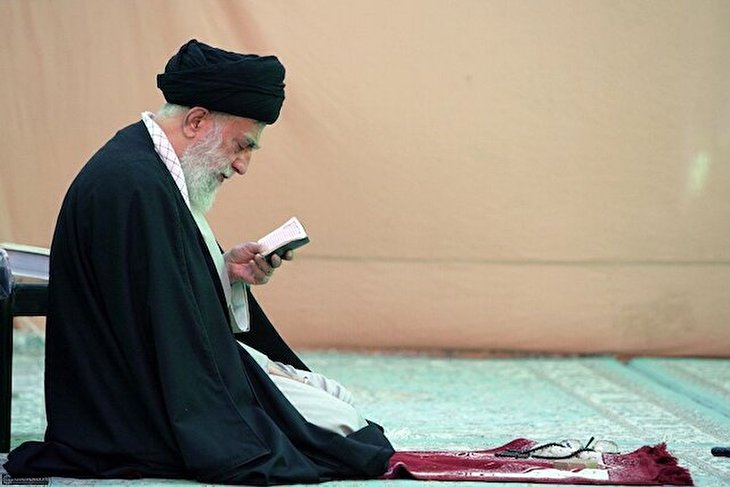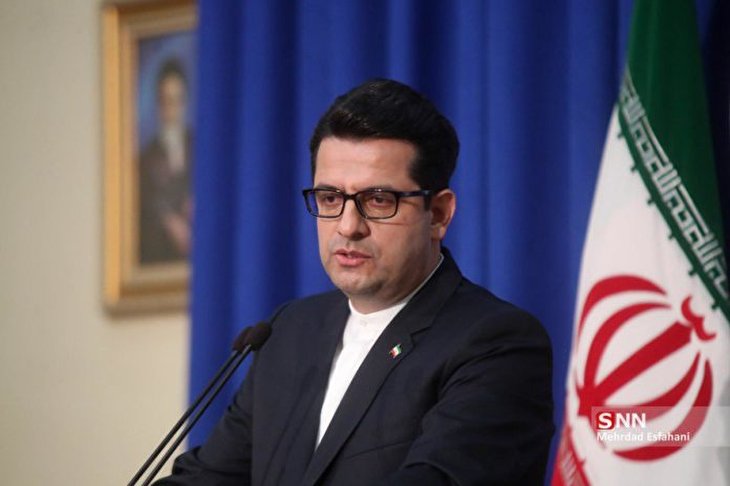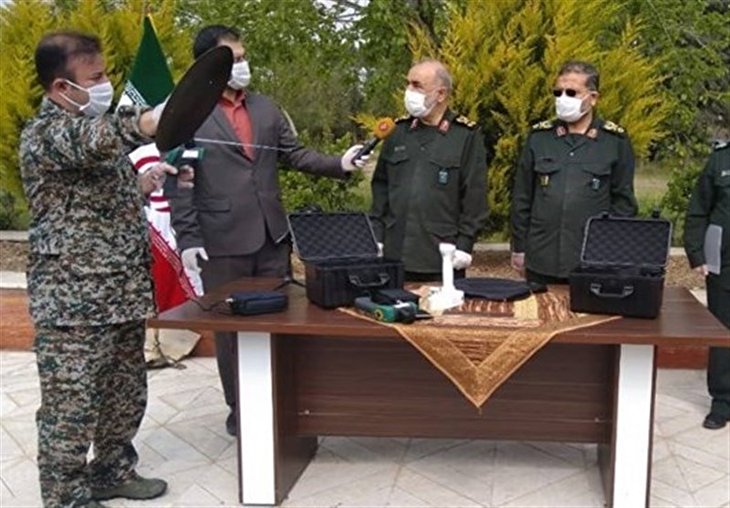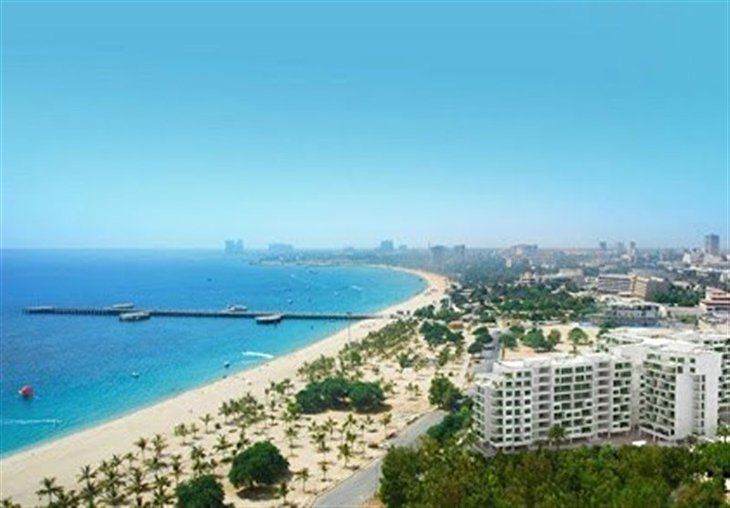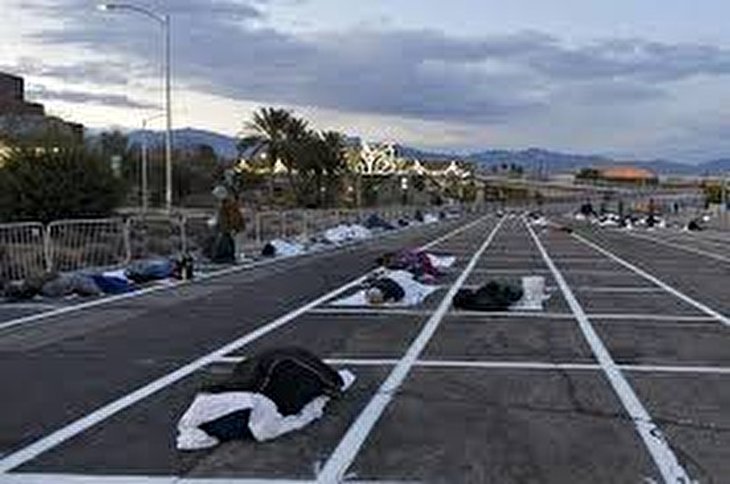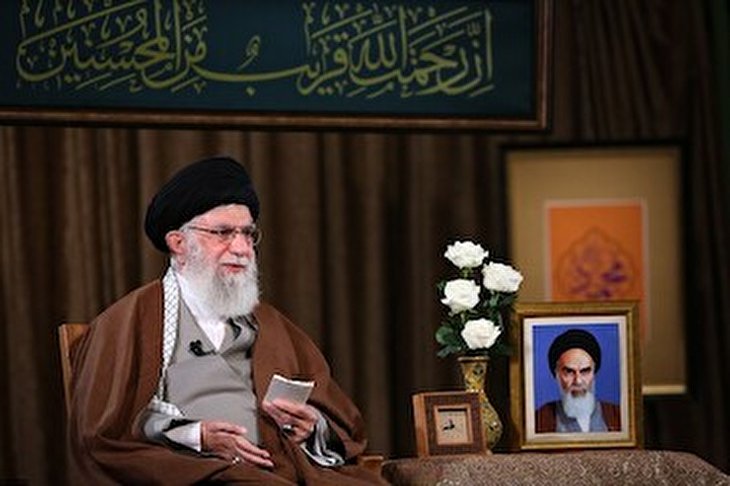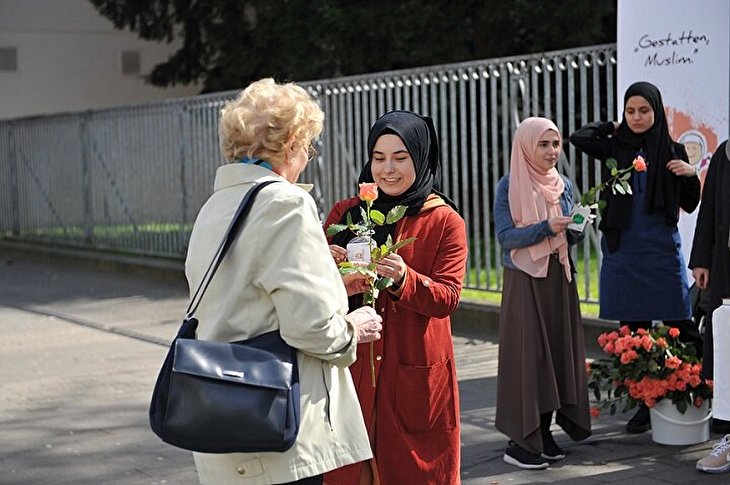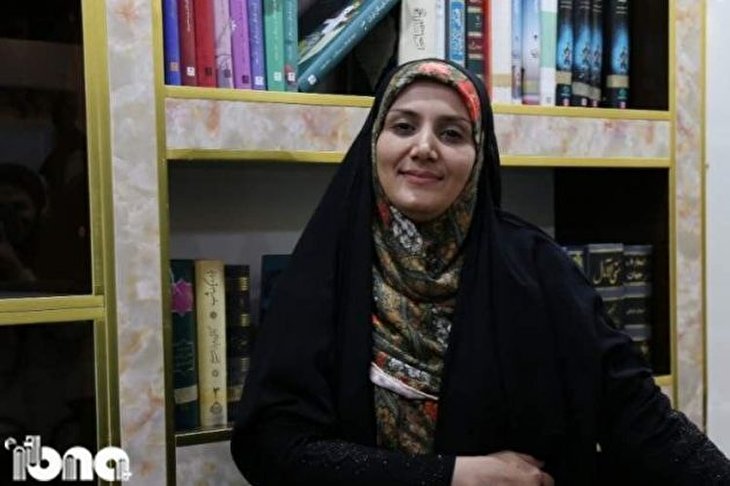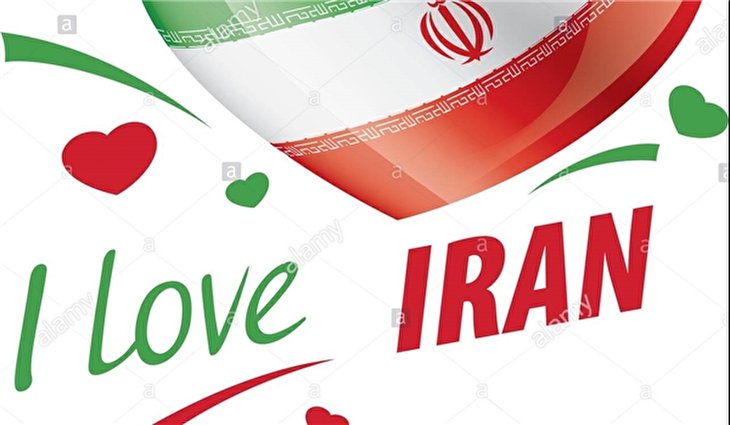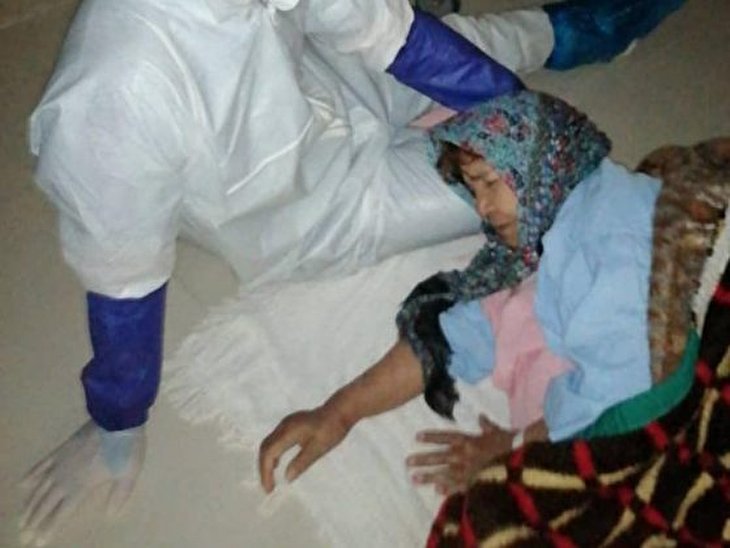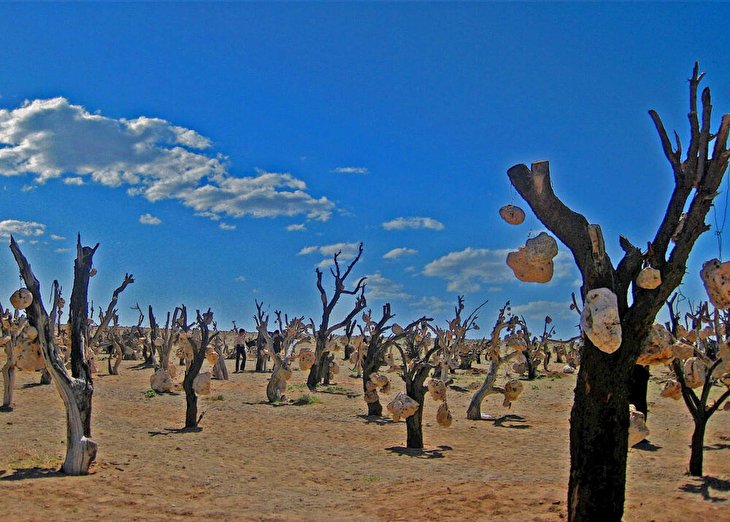
How Many Children Were Shot Dead Today?

There is no official count of America’s gun death toll, including children’s deaths, even as guns are the number one killer of black children and the number two killer, after car accidents, of all children. "Each individual death is experienced as a family tragedy, but the sum total barely earns a national shrug,” Younge writes. "They are white noise set sufficiently low to allow the country to go about its business undisturbed.”
Younge, a black, British journalist who spent over a decade covering race and politics in the U.S., sets out to deeply report on each death with the kind of painstaking attention they would earn in a country, like his own, where these deaths are not the norm.
While the book tells the neglected stories of these children’s lives and deaths, it also paints a brutal picture of their settings. The result is a story that’s not so much about gun violence as it is about America’s resignation and indifference to guns, violence, and a complex web of other tragedies: racial segregation, institutional failure, social precariousness, and poverty.
As he takes readers on a journey across the United States, from an Ohio suburb to rural Michigan, and from a California barrio to the poorest neighborhoods of some of America’s post-industrial cities, Younge meets with parents, siblings, teachers, neighbors, and friends to narrate these ten short lives. In some cases, he knocks on doors and gets no answer, leaving him only with brief obituaries found online and public social media pages to try to reconstruct these victims’ stories and, as he writes, "put a human face — a child’s face — on the ‘collateral damage’ of gun violence in America.”
Set less than a year after the Sandy Hook shooting, when a lone gunman killed six adults and 20 small children at a Connecticut elementary school, the book aims to capture the dissonance between Americans’ obsession with the all-too-regular spectacle of mass shootings and the "national shrug” with which the relentless stream of gun deaths is met every day. Yet the book is not polemical in the way gun debates often are; it is more simply and powerfully a quiet collection of stories. As Younge writes, "It is not a book about gun control,” though "it is a book made possible by the absence of gun control.”
It is also a book about a country that’s deeply divided by race and poverty, segregated by policy and design — a country where hyper-policing and mass incarceration have led to even more injustice, and where the media has failed to establish empathy. Younge’s book depicts a side of the United States that too many Americans simply ignore, and though written before the presidential election exposed the country’s divisions with new clarity, it helps us understand some of those fractures.
The Intercept spoke with Younge just just after the election.
You write that "this is not a book about race” but then proceed to show how race shapes the geographical and economic circumstances that often lead to these deaths, and informs the ways these deaths are reported on or not, investigated or not, understood or not. You write, "Whatever American society makes of black lives, in many if not most instances black deaths such as these don’t count for an awful lot.” I think there’s a tendency, particularly post-election, to claim something is "about race” or not – whereas what I think your book makes clear is that nothing here is ever really "not about race.”
It’s a book about America. And you can’t talk about America without talking about race, but the way people understand race in America all too often is an exclusive, discrete thing, as opposed to something integral to the country. This was a random day rather than a representative day: way more black kids were shot dead than normal. But there is this very clear racial overlay to the way in which gun deaths are understood. Americans want to find a way to discount these deaths, "because they’re gang related” or "because they happened in this part of town,” and that’s a way of saying, "it’s not just that these people are likely [to die], they’re actually not really people.” It’s like this is happening to a different species.
You see that in some of the comments. After Samuel Brightmon is killed while walking a friend home he gets just 81 words in the paper, and this woman says, "Well I know where my children are, why don’t his parents know where his children are?” His mom knew exactly where he was.
I was on a radio show recently and someone said, "If you took out three or four cities, then this country wouldn’t look so bad.” How do you do that? If you just imagine America without Chicago, St. Louis, New Orleans, Oakland, then what is the rest of America? It’s crazy. They have arranged a way of trying to reimagine America without these people in it.
You also write this is not a book about gun control, and one of the things I find most striking is that none of the parents of these children seem to think their deaths are about gun control either. As you write, "Child gun deaths, indeed any gun deaths, have become generally understood in the same way as car accidents. They are the unfortunate, if heavy, price one pays for living in twenty-first century America. Even those at the roughest end of the problem can no more imagine ridding the country of guns, or limiting their distribution, than they can imagine getting rid of cars if their loved ones were run over.” In the last couple years we’ve seen some limited efforts to tackle gun control at the political level, but there seems to be a general resignation that it’s just not going to happen.
There is a debate, which I find very sterile, about the Second Amendment, background checks, arguments essentially about scripture and the Constitution, and interestingly none of the families I interviewed talked about any of this. That kind of debate hasn’t reached anyone.
For years, Democrats avoided any discussion or debate of gun control, they just didn’t touch it, and so it wasn’t really part of the electoral conversation, or the mainstream political conversation — it was just this broad admission of defeat. When the Aurora shooting happened Obama just said what presidents always used to say: "Go home, hug your children, pray.” That did change after Sandy Hook, he did go on the offensive, but when you’ve been silent for that length of time then there is just this kind of learned helplessness that people have: that there’s nothing you can do about this really, what are you going to do?
The sense I have from the families I spoke to was, if you asked a specific question about guns they’d say, "Yes, I think there are too many guns, I think it’s crazy,” but when you asked a broad question, they were like, "Well, you know, there are going to be guns. There’s not a lot of we can do about it other than teach our children how to be responsible in a world where anyone can have a gun any time.”
You also meet with some proponents of gun control — but your book seems to point to an underlying failure of the gun control "movement” to get beyond mass shootings and connect with the communities that are most affected by gun deaths on a daily basis.
The gun control movement has two challenges. The first is to try to find a way to connect to the people who are most routinely and regularly affected by gun violence — and those are low-income people of color. The inability to connect with them mirrors a lack of urgency within that movement. One of the problems is that while large numbers of people support, for instance, background checks, they’re very unlikely to make it a priority in their voting. And that’s unlike the gun lobby: They think it’s urgent, they think it’s really important. But the people who are most affected by gun violence aren’t the people who are genuinely reached by the gun control movement.
Which does not mean that they’re not doing anything: In these communities there are projects to stop violence, there are a lot of local, really excellent initiatives going on, but they’re underfunded — actually they’re usually not funded at all — they’re under-resourced, and quite often the focus isn’t actually guns per se but it’s youth. They’re trying to save their youth, they’re trying to save them from prison, from death, from exclusion, from a whole range of things. The inability of the gun control movement to relate to that broad sense of isolation and exclusion is a real problem.
The other problem is that there needs to be a more progressive way of imagining America. The gun rights people, the gun lobby, their appeal is rooted in some narrative about individualism, settler culture, masculinity, small government. You know, "You don’t wait for the state to protect you, you strap up.” Whereas the gun control movement talks in incremental terms about common sense gun laws, and background checks, smaller things, but there’s no bigger kind of understanding of what the country would have to be like. It’s significant that Sandy Hook happened and the result was that the school got an armed guard; it resulted in more weapons rather than less, because there wasn’t an alternative narrative on how to be safe.
That’s a pretty monumental cultural shift you’re talking about. There’s a very striking moment in your book, when you talk to the family of Tyler Dunn, an 11-year-old who was accidentally shot and killed by a 12-year-old friend while they were playing with his father’s gun. You ask the family what would constitute justice for them, and Tyler’s sister and every member of the family say the 12-year-old friend who accidentally shot Tyler should be executed. If that kind of violence is the default response, where do you even start to "reimagine America”?
Well, the other thing that’s interesting about that is that in the next chapter, where there’s another accidental shooting, a gang says, "It was an accident, leave her alone.” The gang is actually capable of delivering a far more humane response. But I take your point, where do you start with such a big idea? And particularly when seven kids are getting shot dead every day, we need to do something sooner rather than later.
No other Western country has death like this, because no other Western country has access to lethal weapons in this way. Nonetheless there is this huge pile of tinder onto which these lethal weapons are flowing: segregation, isolation, the lack of youth services, deindustrialization, poverty. There are all these things that come together, so to talk about gun control by itself, in most of these places, is an insufficient conversation. There’s nothing here, there are no jobs, there’s no hope, the schools are terrible, they’re policed like an occupied territory, the kids are going to prison, there are no youth services, the basketball courts don’t work, there are no health services. You get guns into that and of course what you get is this kind of failed state; but you withdraw guns from that and it’s not like what you get is Switzerland or Sweden. You get a failed a state where people aren’t armed.
That’s the setting of most of the deaths you narrate. Your book gets into an American reality of poverty and segregation many Americans have no exposure to. In the aftermath of the election there were many suggestions that the political establishment and the media failed to reach out to a white working class that felt left behind. But it doesn’t seem to me like the people living in the communities you described were reached either. What do you make of all these isolated Americas?
I think that the chapter in Dallas helps explain it a bit. First of all, because you see how someone moves from doing OK to completely struggling. For Audry, Samuel’s mom, all it takes is one accident. She’s rear-ended and that’s it. She moves to her sister’s, and then she’s in this area, and then boom, her son is dead. I think that’s something an awful lot of Americans are familiar with, regardless of race. There are a lot of Americans who feel that sense of precariousness, though they don’t all end up in that area. Then you have the problem of journalism, which is that the people who are charged with writing about this city don’t know that area either, they treat it like a foreign country. You take those two experiences — the speed with which any middle-class person can descend into penury, and then where that person ends up if they’re black or Latino, and the distance between those who are charged with documenting the narrative and those who are in the narrative — and you get a sense of where that empathy gap may come from.
Also, what I did find out by reading quite a lot about Dallas is that this segregation didn’t happen by accident: Dallas was made like that. For 200 years, America was a slave state, for 100 years it was an apartheid state, and for 50 years it’s been a non-racial democracy. So you can see where that comes from: this non-racial democracy is actually a relatively recent thing for America. I covered the election from Muncie, Indiana. There’s an old map of Muncie that shows how it was segregated between the wealthy area, and the white working class area, and the black area, or the ‘Negro section,’ as it was called. And it’s exactly the same now. Nothing has changed.
America does a very good job of telling itself these stories of victories and reinventing itself. In a way, that makes it very easy first of all to forget where it’s been, but certainly what’s still going on. So, Obama is elected in 2008 and people say, "Well this is a post-racial America, this is the end.” And he’s leaving eight years later and black people are still being shot dead in the street and Donald Trump has been elected. But the American narrative is one of this constant sense of reinvention, which is kind of beyond truth really. They’ll say, "We’re done with that, we’ll travel light not only in terms of our historical baggage, but even stuff that’s going on now. We’re just going to say it’s not happening.”
You wrote that researching this book made you "want to scream.” Yet the result is a very quiet book in a way, almost a resigned one. Are you hopeless for America?
I don’t have a lot of hope in America’s formal politics, in its electoral politics. If one looks at the things that make me hopeful, they didn’t come through formal politics, they came from civil rights movements, suffragists. The things that excite me about American politics aren’t electoral, and to the extent that the removal of guns will take laws, which will come through formal politics, that’s where the hopelessness lies. But the idea that there could be a kind of massive movement against violence, I think that’s possible.
In terms of style, I think the stories are damning by themselves. I don’t think they need me to be polemicizing on their behalf; I tell them just as some neutral observer. The conversation about guns, to the extent that one even exists, has been so shrill and shouty that I’m not sure that you really break through much. Interestingly, when the book was going to publishers, an awful lot of mainstream publishers said, "We’re not so sure about it, we’re going to pass on it because it’s critical of guns but it’s insufficiently shouty.” It doesn’t do enough, they thought, for the people who hate guns, and it does too much for the people who love guns. And there aren’t many people in between. That seems to me like saying, "So there’s really no conversation to be had.”
In the few honest dialogues that I have had with gun people, I just said, "You just have to find a way to keep these people alive.” You have a Second Amendment, and you want to interpret it the way you do. Have at it, I don’t agree with you, but it doesn’t divert from any of the responsibility about these children who are dying. You can’t evoke the Second Amendment in order to stop talking about these kids, because that’s just not going to work for me.
That seems like a good analysis of broader discussions in this country, especially right now. I feel like we’re shouting about everything all the time, not just guns. There seems to be very little space left for dialogue. What could we do differently as journalists?
Some of that is because the country is so polarized, and I don’t think journalism invented that. I think the country is very polarized and I think social media doesn’t help. Everyone looks at the news they want. I arrived in the U.S. in 2003 and it was very polarized then. The polarization isn’t new, but it has become sharper and more acrimonious.
But I think as journalists we should report. What we are tasked with doing is giving a sense of what is happening, and in part thanks to the fact that all you need is Wi-Fi, we have an awful lot of commentary, but not so much reporting. That’s mostly what this book is: finding people, hearing their stories, relaying them, and contextualizing them. It’s easier to write about guns than to report about what guns do.
There’s also much to say about the justice, or lack of justice, that follows these deaths. For five of them, a shooter was never identified. Two of the shooters are serving prison sentences. One was killed by police in a shootout. Following the two accidental shootings, one shooter was never charged, and another, the 12-year-old, served ten days in a junior facility while his father spent a year in jail. That’s a pretty disparate application of justice, but one of the most interesting aspects is that no matter how heavily policed some of these neighborhoods are, half of these deaths were never seriously investigated.
Jill Leovy’s Ghettoside has a very good formulation to this, which is that black communities in America are over-policed but underserved. There are police everywhere until you need them. Their job is not to serve those communities but to control them. There’s very little confidence in police. Pretty much all the families I spoke to just don’t think the system is working for them. They don’t assume that their child’s life matters to the people charged with finding out; they just think they don’t care, and the basis for that is how few people get back to them. Because journalists don’t follow up on these things, there’s no pressure. There’s no political pressure. These people don’t contribute to campaigns, journalists don’t follow up on their stories, they can’t afford lawyers. There’s no pressure on police to do anything, which would not be true if it was a rich person in a fancy part of town.
There is this sense in your book that this country has reached unbridgeable levels of isolation and division, and that was before the election. What happens now, in terms of guns, violence, justice, but also the polarization and segregation you write about?
I don’t know that if Hillary had won this election it would have had much impact on the lives of these families and the deaths of these kids. Not the least because she’s the one who talked about "super-predators,” and she and her husband, whose legacy she trailed, have contributed to this situation, from welfare reform, to the rise in incarceration. To be fair, she also did take on a series of gun control efforts, so there was that, but with regards to the broad tableaux of the matter — deindustrialization, NAFTA, neoliberal globalization — all these things that affect these communities the Clintons were involved in or advocated for.
But that doesn’t mean that things can’t get worse. Of course, under Trump these areas are unlikely to get better. Gun laws will be even more relaxed; there won’t be more money for schools and youth centers and all the things these places need. He says he’s going to reform Obamacare; however he does that, it won’t help mental health services, which is a major contributor to the number of people who get shot dead every day. Things will get worse. I’m not sure that things were going to get a whole lot better under Hillary, but I am sure that things are going to get a lot worse under him.
Yet in the same way that the people I spoke to just did not feel that affected by the gun control debate, I wonder how many of them were galvanized by this election. I know from a couple that I’m in touch with that they did vote, but the sense I got from talking to them was that they were voting against more than for someone. I doubt that any of them thought that if only this person were in power, my kid might be alive. There’s a way in which that is pretty damning.
